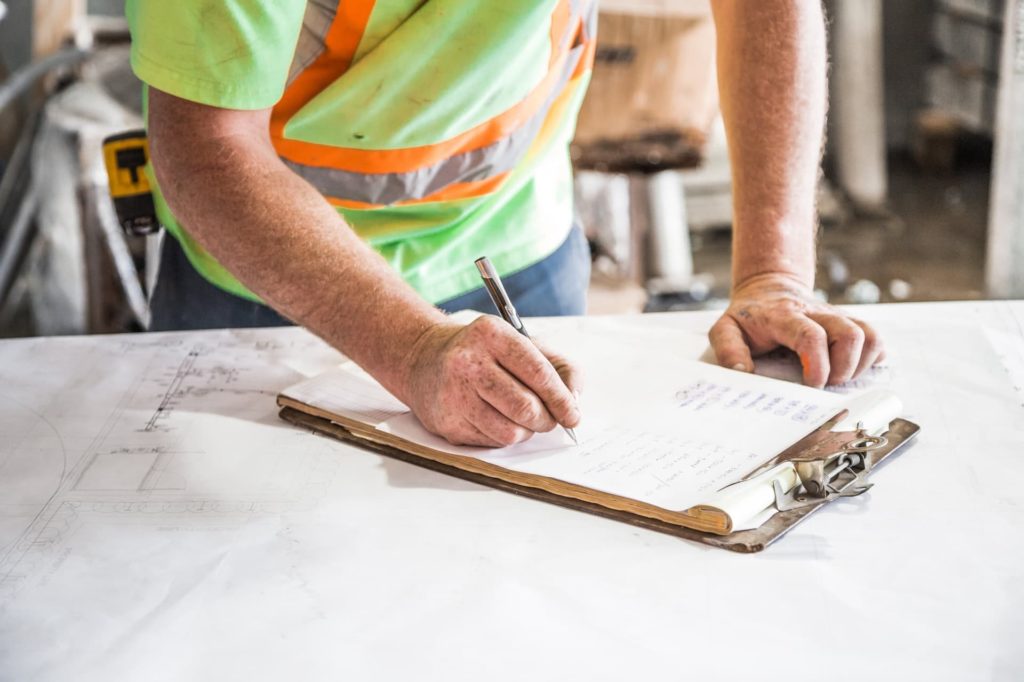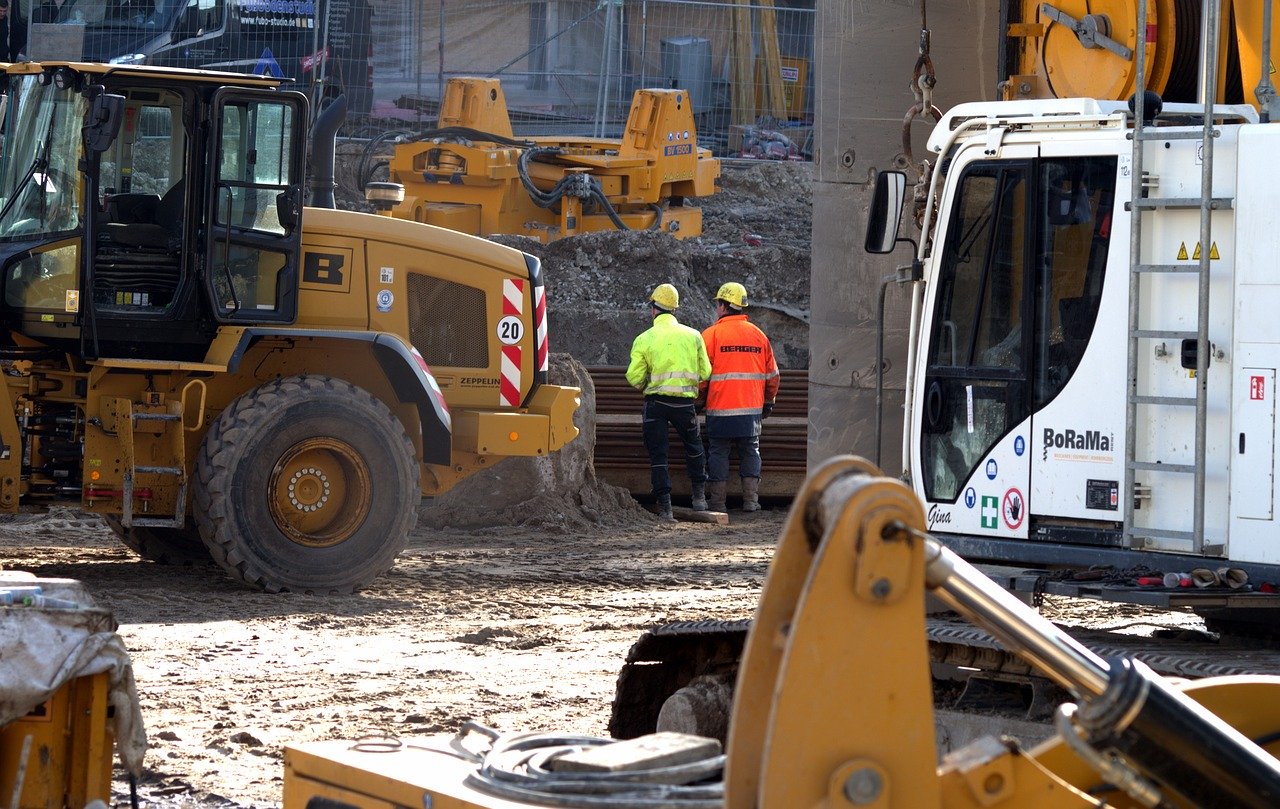Checklists can be helpful to anyone, no matter what type of job they have. However, in the construction industry, a checklist can help keep a contractor sane, keep the work moving along, and ensure that nothing gets forgotten during the busyness of the project.
Of course, one massive checklist is not feasible when it comes to the construction industry, because there is so much to keep track of and do from the beginning of the project to the end. Therefore, most construction workers and companies will enlist the help of multiple checklists divided up for each section of the current job.
The first checklist is one that focuses on the work that needs to be completed prior to the start of the construction. Items within this checklist include the following:
- Get written approval of the bid award
- Send notice that the written approval for the bid was received
- Accept Contract Award Report Immediately
- Obtain a signed contract
- Obtain names and contact information of those working on the project
- Conduct a hazard identification walkthrough to ensure all risks have been assessed and eliminated
The second checklist is utilized during the construction process and items on that list include the following:
- Keep track of all employees on the job site
- Ensure contractors and subcontractors are supervising the work of their employees and doing the work that they should be
- Document the quantities of materials being used on the job site
- Prepare daily and/or weekly/monthly reports and invoices
- Conduct regular inspections
- Maintain and evaluate the records
- Prepare change orders as needed
- Continue to assess safety risks and remove hazards as they are noticed
- Continuously train employees on the safety goals and how they can prevent accidents when working
- Perform routine checks on tools and equipment
The final checklist will include many of the following items:
- Do one final review of the project records
- Conduct the final inspection
- Prepare the Certification of Completion and sign it
- Receive final payment
In the past, most construction companies have used printed out templates for each job and simply checked off what tasks they have completed. Some checklists can be used daily, while others are utilized weekly or monthly.
While paper checklists are excellent options, and many templates can be found online or created easily, they just add to the stacks of papers on a person’s desk. Of course, these checklists can also be easily lost too. Plus, the person who has the checklist would be responsible for performing the duties listed, instead of sharing the responsibility with other employees.
A better way for every construction company to check off the lines on their checklists for each job is to utilize one of the many checklist apps that are now available. There are quite a few benefits to using these apps, but the top 6 are as follows:
Create both custom and standard checklists
While many checklists can be used for multiple jobs, there are certain jobs that may require a different type of checklist. These apps will allow a construction company to create a specialized checklist for that job, so that they ensure that they do not miss key components that they need to focus on.
Manage longer checklists easier
Sheets of paper filled with lines of reminders can easily become cumbersome over time, making it easy to miss a line item or two. The interactive checklists within a checklist app will make this process easier.
Detailed audits are easier
Maintaining records is much easier using one of these apps too and it is much lighter for the person in charge! Instead of keeping track of lengthy paper forms and storing it all in a large binder or two, everything can be at a person’s fingertips within the app.
Utilize existing templates
For those who are just beginning, there are plenty of existing templates that they can use until they find the one that will fit their needs the best. This can save people time, while allowing them to keep track of what needs to be completed.
Real-time data
Using an app ensures that the data is as accurate as the current time, instead of a person doing one or two items on the checklist and eventually marking it off or commenting on it a day or two later when they find the paperwork again. This means that everyone will know what has been done and what still needs to be completed to keep the job moving forward.
Excellent collaboration
Anyone that has access to the checklist app will be able to help keep the information up to date and accurate. That means that sick days or regular days off will not prevent something off the list from being accomplished.
Everyone needs to use at least one checklist when they are in the construction industry, but it doesn’t matter what type it is. While a few people will stick with the tried and true paper forms, many of them will prefer the checklist type apps. It may be because more than one person can do the work or because they are easier to lug around. However, the reason doesn’t matter as much as the fact that these important items are not being forgotten about or disregarded.




